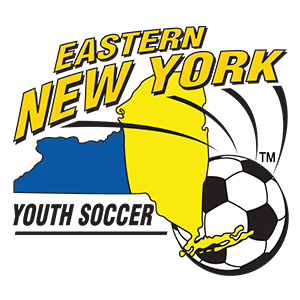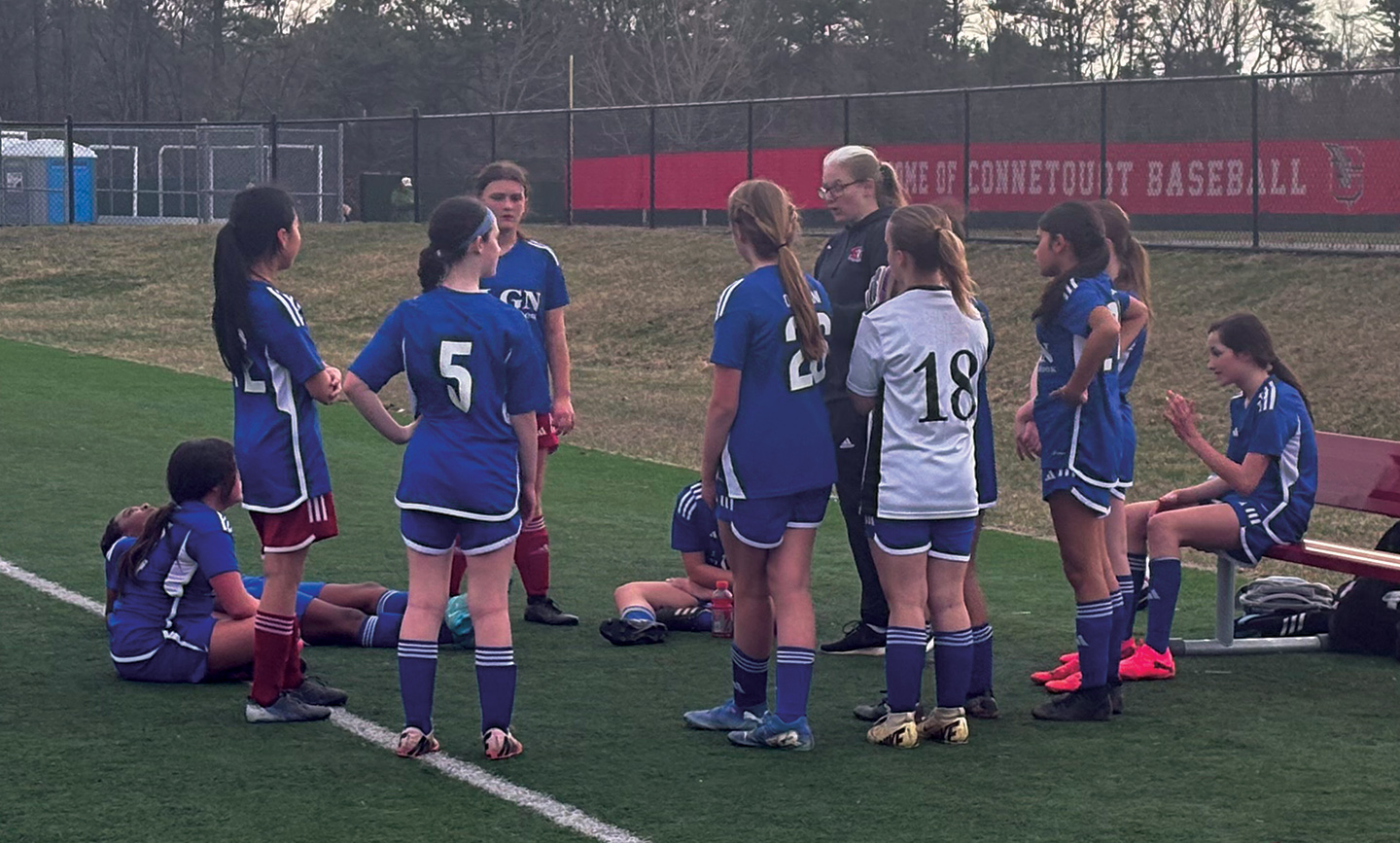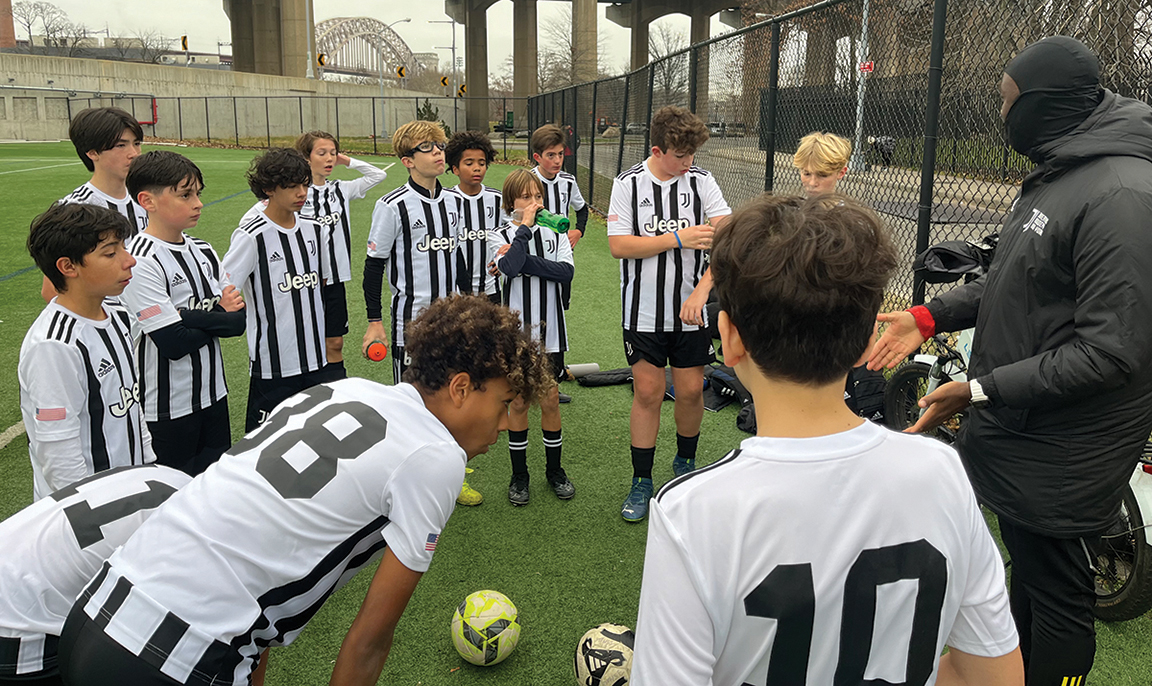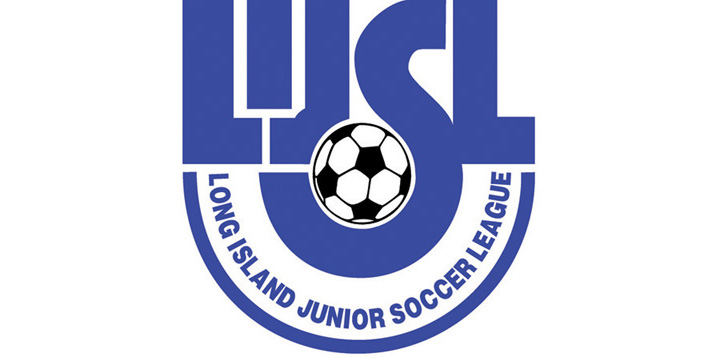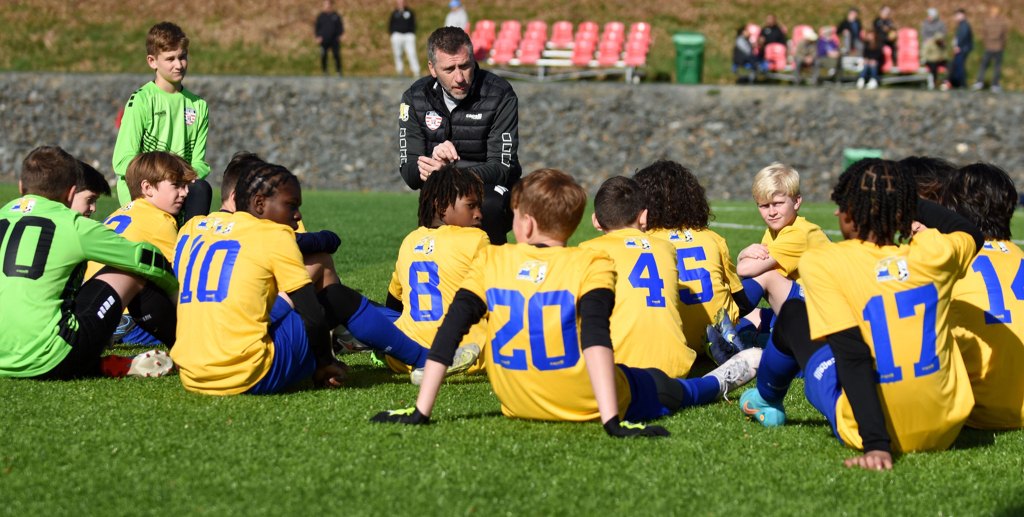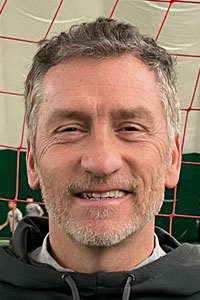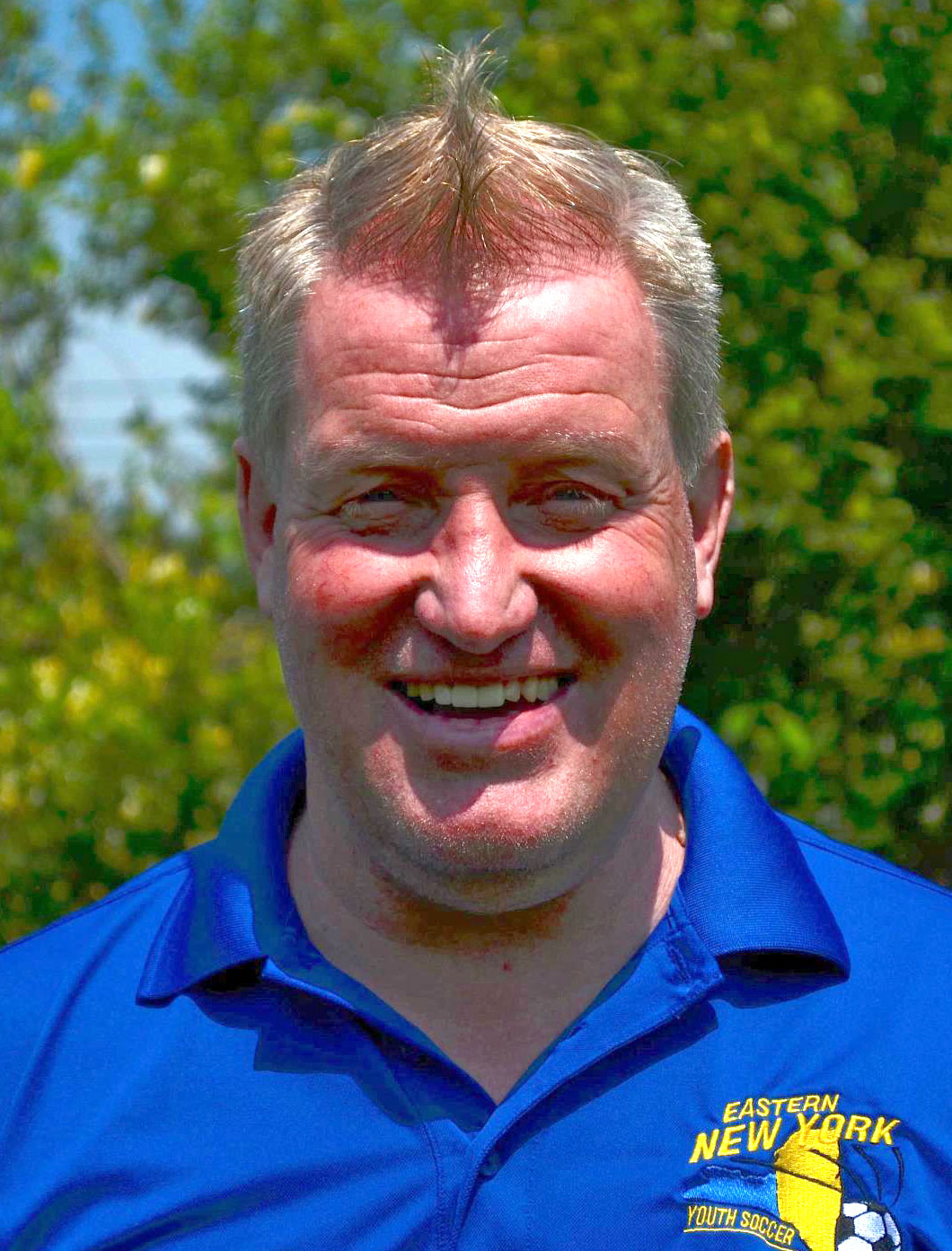By Tim Bradbury, Director of Coaching, Eastern New York Youth Soccer Association
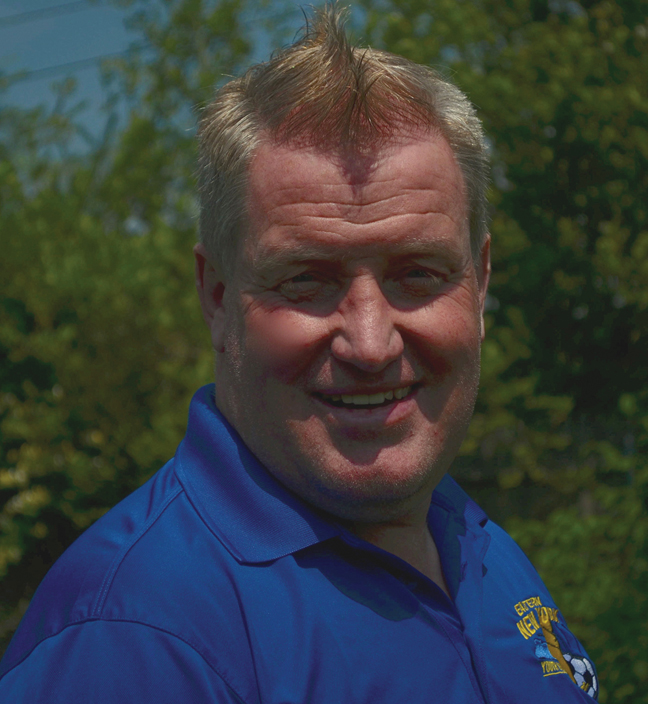
It is a drum that I have beaten before and one that is revisited in almost every coaching license or diploma course. It is a drum built on the thousands of games I have watched over the past 20 years, and one I feel compelled to beat again, louder than ever.
We often begin this discussion by examining what makes soccer unique and how that connects to how players learn and what they enjoy. Very quickly, it becomes clear that soccer is a game that demands constant reading of the game: Scanning, perceiving and making hundreds of quick decisions. This ability to think and decide is not optional as it is central to the sport.
As coaches grow in their understanding, another realization emerges: Players like making decisions. They enjoy solving problems. They are uniquely equipped to do so because they understand their own bodies, athletic abilities and soccer skills better than anyone else. At any given moment, a player occupies a specific place on the field—on a specific blade of grass—facing a specific problem. Only that player has access to all the information required to solve it.
Each decision players make contributes to their growth. With every experience, they gain knowledge that helps them make better decisions in the future. Soccer is, and always has been, the player’s game. For players to truly develop, they must be allowed the freedom to think and decide within it.
As a soccer fan and an educator, this feels obvious to me. That is why I am continually staggered by the drive, passion, and, at times, pure anger with which some parents and coaches shout instructions on game day. Too often, this behavior makes it impossible for players to think at all.
To any parent or coach who feels compelled to constantly direct players during games, I ask you to honestly consider the following questions:
- Do you value your child’s ability to reason and think?
- Do you recognize that soccer is a game in which each player makes hundreds of decisions every match?
- How would you feel if your child was in school, trying to solve a math problem, and adults began screaming answers at them?
- What matters more to you: Your child’s long-term growth and enjoyment or the final score?
- By what process do you place yourself inside the player’s body—seeing, feeling, and experiencing everything they do—to decide the best solution?
- How well do you understand the coach’s philosophy and game model, and how do you know you are not contradicting it?
- How informed are you about the ongoing debate between player development and winning?
For educational reasons, for enjoyment, and simply because it makes sense and is the right thing to do, make a pledge this season:
Let the players think. Let them decide. Let them grow.
